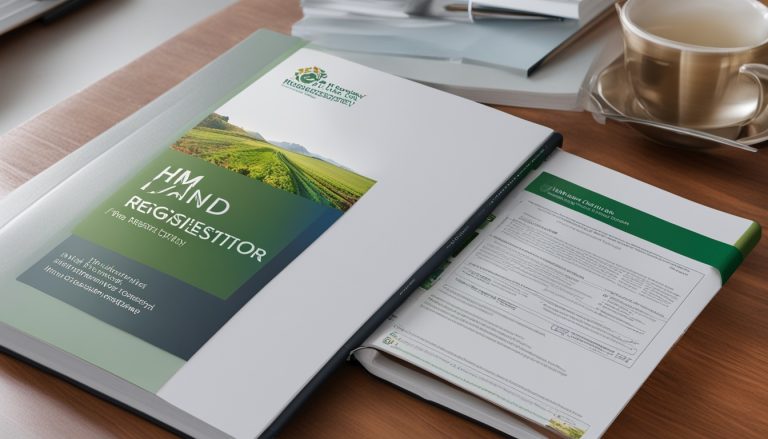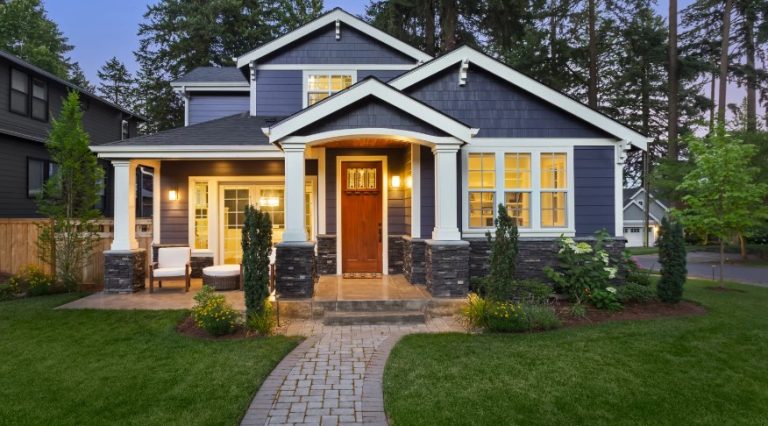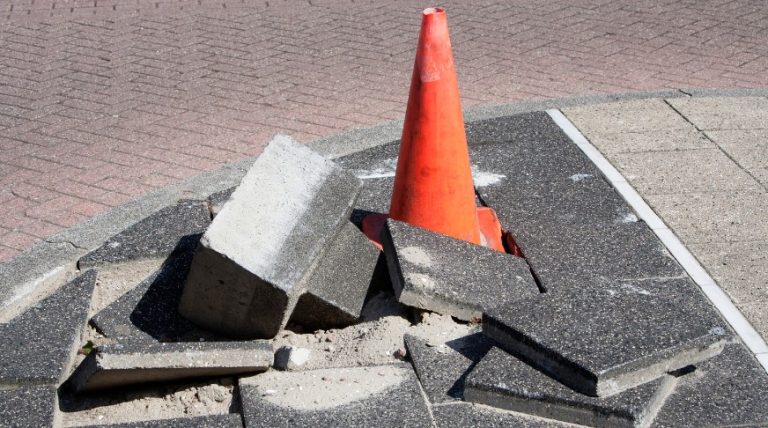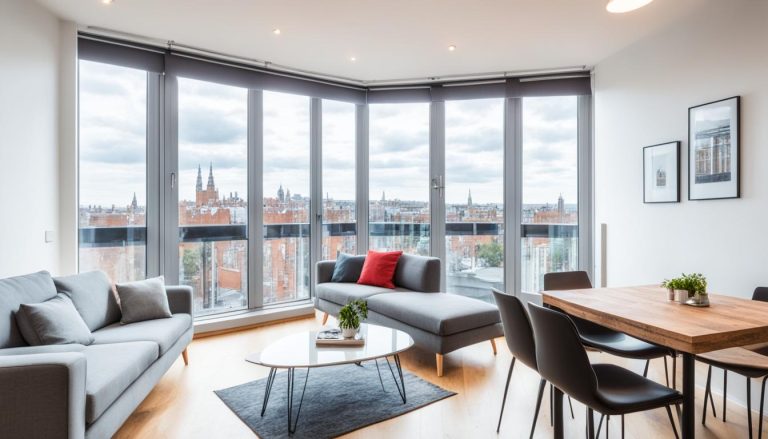Are you a leaseholder wondering who is responsible for paying building insurance on your property? Look no further! In this blog post, we will delve into the intricacies of building insurance and clarify once and for all who holds the purse strings when it comes to protecting your leasehold property. Stay tuned to uncover the answers you’ve been searching for!
Understanding Leasehold Property and Building Insurance
Leasehold property means the homeowner has a lease from the freeholder, or landlord. This is different from freehold, where the homeowner owns the property and the land. Knowing the difference is key when dealing with building insurance for leasehold properties.
The Role of the Freeholder and Leaseholder
In leasehold, the freeholder owns the building and land, but the leaseholder can occupy and use the property. This means the freeholder and leaseholder have different roles with building insurance.
- The freeholder is in charge of the building insurance for the whole property, including common areas and the structure.
- The leaseholder pays part of this insurance cost through service charges to the freeholder or managing agent.
The lease agreement outlines the insurance details and service charges for the leaseholder when they buy the property.
| Responsibility | Freeholder | Leaseholder |
|---|---|---|
| Building Insurance | Arranges and pays for the policy | Contributes to the cost through service charges |
| Common Areas | Responsible for maintenance and upkeep | May have limited access or usage rights |
| Lease Agreement | Sets the terms and conditions | Agrees to the terms when purchasing the property |
Understanding the roles of freeholder and leaseholder helps homeowners with leasehold properties. It makes managing building insurance easier and ensures they meet their lease agreement duties.
Who Pays Building Insurance on Leasehold Property?
The payment for building insurance on a leasehold property depends on the lease agreement. Usually, the freeholder must keep the property insured. They pass the insurance cost to the leaseholder through service charges.
Leaseholders pay for part of the building insurance in their service charges. This covers risks like fire, flood, and damage to the structure. The lease agreement will state how much the leaseholder pays and may change over time.
Sometimes, the lease might say the leaseholder must get and pay for their own insurance. This is often true for older leaseholds or those with little time left on the lease. It’s key for leaseholders to check their lease to know their insurance duties.
On a leasehold property, both the freeholder and leaseholder share the insurance cost. The freeholder keeps the policy, and the leaseholder pays through service charges. Good communication between the freeholder and leaseholder is vital to make sure the property is insured and costs are fair.
| Scenario | Responsible Party for Building Insurance |
|---|---|
| Typical Leasehold Property | Freeholder, with costs passed on to leaseholder through service charges |
| Older Leasehold Property or Short Lease Term | Leaseholder, responsible for arranging and paying for their own building insurance policy |

What Does Leasehold Building Insurance Cover?
Leasehold building insurance is key for those owning a leasehold property. It covers various risks and damages to the building and common areas. It’s vital for leaseholders to know what their insurance covers to stay protected.
This insurance mainly protects the building, including its structure, roof, and common areas. It covers damages from fires, storms, floods, and other disasters. It also covers liability claims from accidents or injuries in common areas.
Leasehold building insurance can also pay for repairs or replacing fixtures and fittings in common areas. This includes things like elevators, stairwells, and gardens. But, it doesn’t cover individual leaseholders’ properties or their personal items.
Even though this insurance offers wide coverage, leaseholders should know what’s not covered. Some policies might not cover damages from wear and tear or lack of upkeep. It’s important to read the policy well to know what’s covered and what’s not. This way, leaseholders can get extra insurance if needed.
| Coverage Type | Inclusions | Exclusions |
|---|---|---|
| Structural Damage |
|
|
| Common Areas |
|
|
| Liability Claims |
|
|
Knowing what leasehold building insurance covers helps leaseholders protect their property. It reduces the financial risks of owning a leasehold home. Reviewing the policy and talking to insurance experts can help leaseholders make smart choices about their insurance.

Leaseholder’s Responsibilities for Building Insurance
As a leaseholder, you have certain duties for building insurance on your leasehold property. It’s vital to know these duties to follow your lease agreement and keep your home well-insured.
Contributing to Service Charges
One key duty is to pay part of the service charges, which include insurance. The freeholder buys the insurance, but you pay through service charges. This is part of your lease agreement.
You must pay your share of service charges regularly, as your lease says. Not paying can lead to legal trouble, penalties, or even losing your lease.
Make sure to check your lease for details on your insurance duties. This way, you can plan your finances and meet your lease obligations.
- Leaseholders must pay their part of the building insurance service charges as the lease says.
- Not paying service charges, which include insurance, can lead to legal action.
- It’s important to review your lease to know your insurance duties.
| Key Responsibilities for Leaseholders | Description |
|---|---|
| Contributing to Service Charges | Leaseholders must pay their share of the service charges, which include the building insurance premiums, as specified in the lease agreement. |
| Complying with Lease Terms | Leaseholders must adhere to the terms and conditions outlined in the lease agreement, including any additional insurance-related duties. |
| Maintaining Adequate Coverage | Leaseholders should ensure that the building insurance coverage provided by the freeholder is sufficient to protect their interests and the property. |

Understanding and meeting your insurance duties helps leaseholders safeguard their investment and keep their leasehold property safe.
Freeholder’s Obligations for Building Insurance
As a freeholder of a leasehold property, you must make sure the building is well-insured. This is because you own the building and need to protect the leaseholders living there.
You must get insurance for the building against risks like fire, flood, and storms. Not doing this can lead to big problems for both leaseholders and you.
Securing and Maintaining Adequate Coverage
You need to find the right insurance policy for the property. Think about the building’s age, how it’s built, and where it is. Also, consider what risks the leaseholders might face.
After picking a policy, make sure to check and update it regularly. This might mean talking to your insurer or looking for new policies to keep costs down and coverage broad.
Consequences of Failing to Insure
If you don’t get or keep enough insurance, the outcomes are bad. Leaseholders could lose their protection in a disaster and might have to pay for repairs themselves. You could also be legally responsible for any damages or losses.
Leaseholders might even sue you to make you insure or get compensation for losses. This is a big hassle and can be expensive. It’s better to manage your insurance well from the start.
Ensuring Adequate Insurance Coverage
For leasehold properties, having enough building insurance is key. Leaseholders pay service charges that include building insurance costs. This is managed by the freeholder or a managing agent.
Common Areas Covered by Building Insurance
The insurance for a leasehold property usually covers common areas and shared facilities. This includes:
- The structure of the building, including the roof, walls, and foundations
- Shared stairwells, corridors, and lobbies
- Lifts and escalators
- Communal gardens and parking areas
- Communal heating and lighting systems
The policy also covers liability, protecting the building and its people against claims for accidents or injuries in common areas.
Leaseholders should know what the building insurance covers. It should cover common areas and shared amenities. This info is usually in the service charges or from the managing agents.
| Coverage | Details |
|---|---|
| Building Structure | The policy covers the structure of the building, including the roof, walls, and foundations. |
| Shared Facilities | Common areas such as stairwells, corridors, lobbies, lifts, and communal gardens are covered. |
| Liability | The policy provides liability coverage for accidents or injuries occurring in the common areas. |
Understanding the building insurance policy and the leasehold property maintenance fees helps leaseholders. It ensures their property is protected. And it makes sure the service charges for leasehold properties are used well by the managing agents for leasehold buildings.

Conclusion
Understanding who pays for insurance in leasehold properties can be tricky. But it’s key to know the roles of both the freeholder and the leaseholder. This article has covered the main points about leasehold properties and building insurance. It highlights the importance of good communication and teamwork between everyone involved.
Leaseholders need to pay their share of service charges, which includes building insurance. This makes sure the property is well-protected. At the same time, freeholders must make sure they arrange and keep up suitable insurance policies for the whole property, including shared areas.
Knowing how the freeholder and leaseholder work together in insurance matters helps people feel more confident. This knowledge lets both sides make smart choices, protect the property, and create a peaceful place to live or invest.
FAQ
What is the difference between freehold and leasehold property when it comes to building insurance?
With freehold properties, the owner pays for the insurance. In leasehold properties, the freeholder buys the insurance but the leaseholder pays through service charges.
What does leasehold building insurance typically cover?
This insurance usually covers the building’s structure, walls, roof, and common areas. It might also cover fixtures and fittings, and liability insurance. The exact coverage depends on the lease and insurance policy.
What are the leaseholder’s responsibilities when it comes to building insurance?
Leaseholders pay for part of the insurance through service charges. They also might need to insure their own contents. They should tell the freeholder or agent about any changes or issues with the insurance.
What are the freeholder’s obligations for building insurance on a leasehold property?
The freeholder must arrange and keep up the building insurance. They make sure the policy covers the building and common areas. They pass the insurance costs on to leaseholders through service charges.






